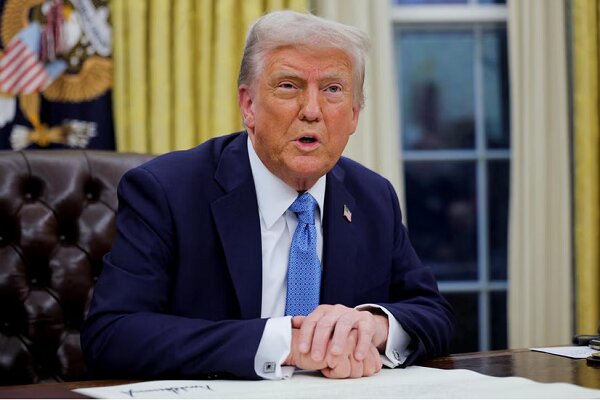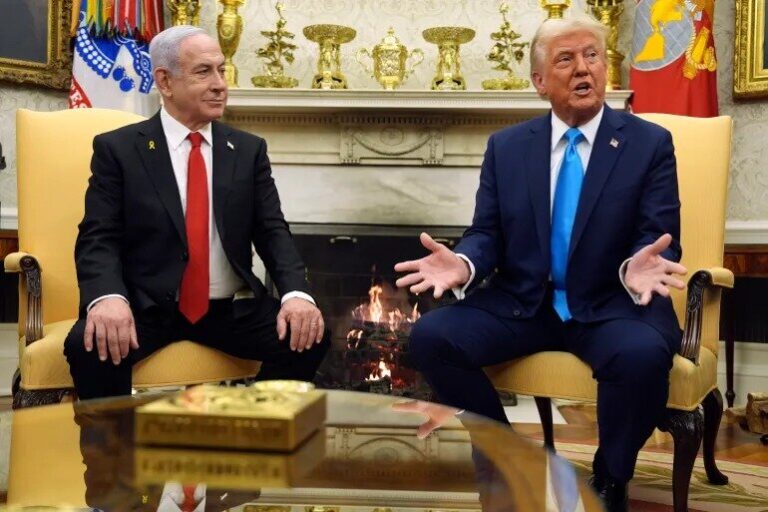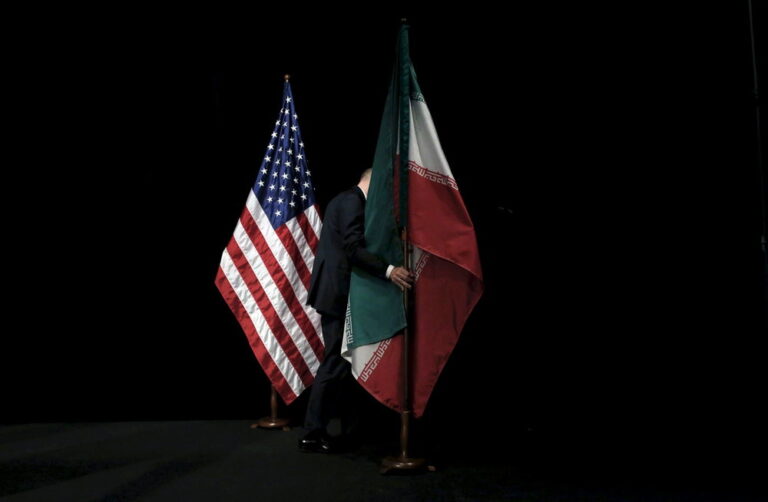Trump Ignites Trade War: Tariffs Target Mexico, Canada, and China!
In a significant development affecting international trade, Mexico and Canada, the leading trading partners of the United States, have expressed strong opposition to recent tariffs imposed by President Trump. These tariffs, which target various goods from these countries, have sparked a wave of retaliatory measures and responses, particularly from China, demonstrating the complex and often contentious nature of global trade relations.
According to Reuters, President Trump signed three executive orders imposing steep tariffs: a 25% tariff on most imports from Mexico and Canada, and a 10% tariff on goods imported from China. These measures are set to take effect starting Tuesday, aiming to address what Trump has termed a national emergency concerning fentanyl and illegal immigration into the United States.
The White House has yet to clarify the conditions under which these tariffs might be lifted, raising concerns among various stakeholders. Here are the key highlights from this unfolding situation:
- Tariffs on Imports:
- 25% tariffs on most imports from Mexico and Canada.
- 10% tariffs on goods from China.
- Energy products from Canada to face only a 10% duty.
- National Emergency:
- Trump cites fentanyl crisis and illegal immigration as justifications for the tariffs.
- No clear guidelines provided for when the tariffs might be removed.
In a swift response to these tariffs, Canadian Prime Minister Justin Trudeau announced that Canada would impose retaliatory tariffs targeting $155 billion worth of US goods. The initial phase will see $30 billion in tariffs starting Tuesday, with an additional $125 billion set to take effect in 21 days. Trudeau emphasized the potential negative impact of these tariffs on US consumers:
- Increased costs for groceries and gasoline.
- Potential shutdowns of auto assembly plants.
- Limitations on supplies of essential goods, including nickel, potash, uranium, steel, and aluminum.
Furthermore, Trudeau has urged Canadians to reconsider travel to the US and to boycott American products in response to these tariffs. This reflects a growing sentiment within Canada to stand united against US trade policies that are seen as aggressive and unilateral.
On the Mexican side, President Claudia Sheinbaum also indicated plans for retaliatory tariffs but has yet to provide specific details. Both Canada and Mexico are collaborating to devise a coordinated strategy to counteract Trump’s tariff measures. This partnership signals a united front against what they perceive as unfair trade practices.
Meanwhile, China’s response has been cautious but firm. The Chinese Commerce Ministry announced plans to challenge Trump’s tariffs at the World Trade Organization (WTO) and hinted at other countermeasures. Their statement expressed a desire for constructive dialogue with the US, stating:
“China hopes that the US will view and handle its fentanyl and other issues objectively and rationally. We want to engage in frank dialogue, strengthen cooperation and manage differences.”
The ongoing trade tensions underscore the delicate balance required in international relationships and the potential for economic repercussions on both sides. As the situation develops, businesses and consumers alike will be paying close attention to how these tariffs affect market dynamics and pricing strategies.
In conclusion, the recent tariff impositions by the US have not only prompted immediate retaliatory responses from Canada and Mexico but have also set the stage for potential escalations in trade tensions with China. The global trading landscape is witnessing a significant shift, and the ramifications of these decisions will likely resonate for years to come.






